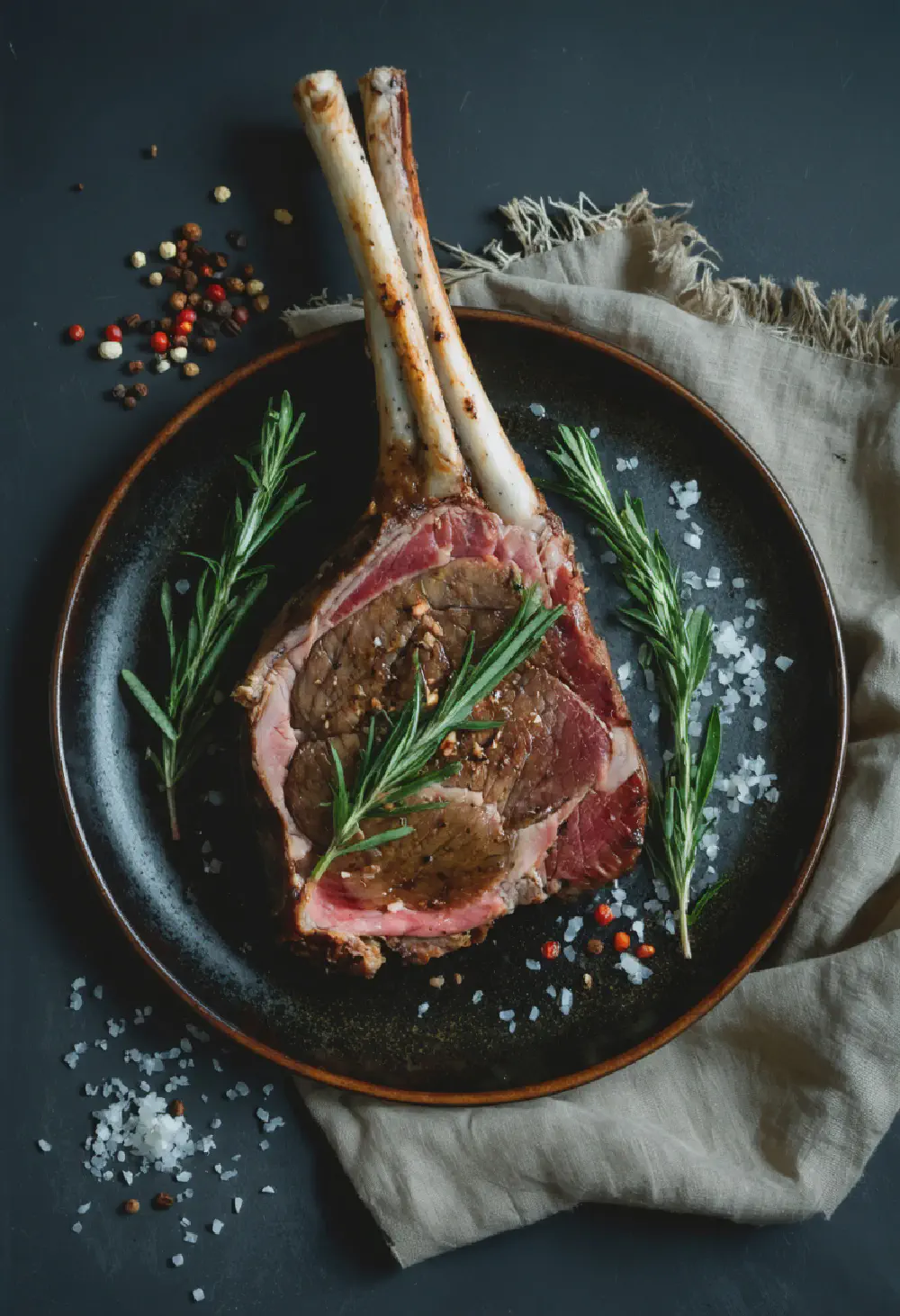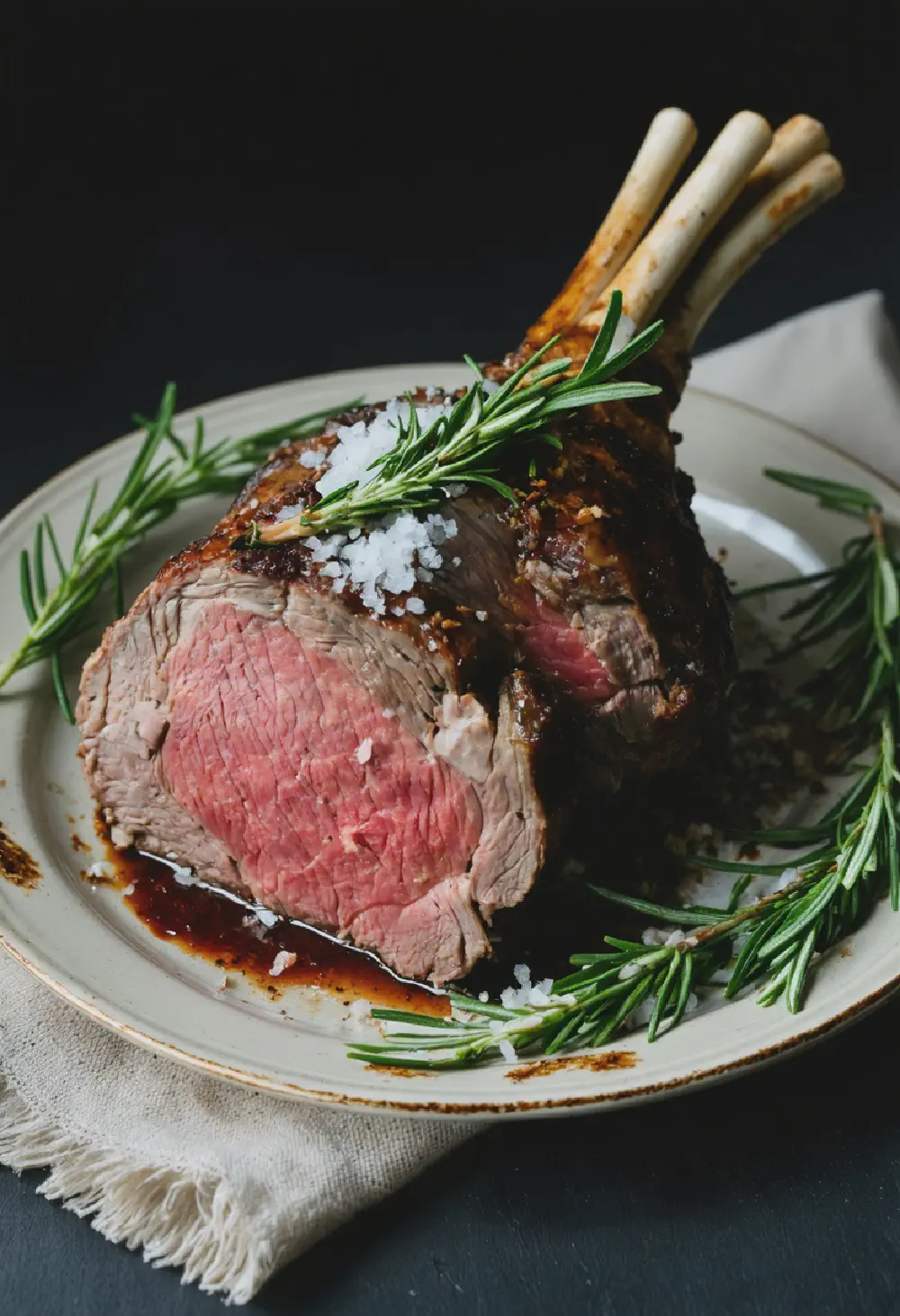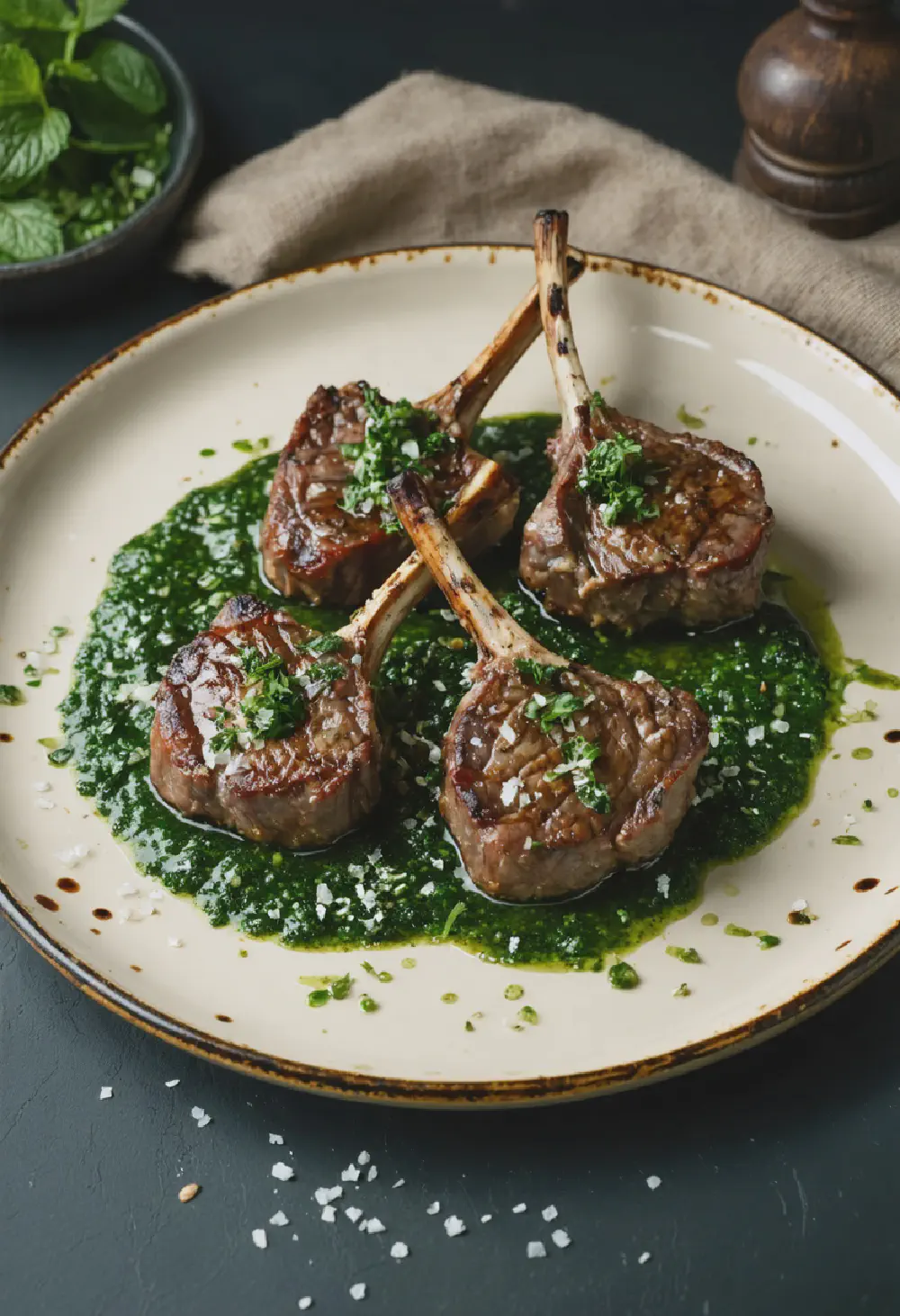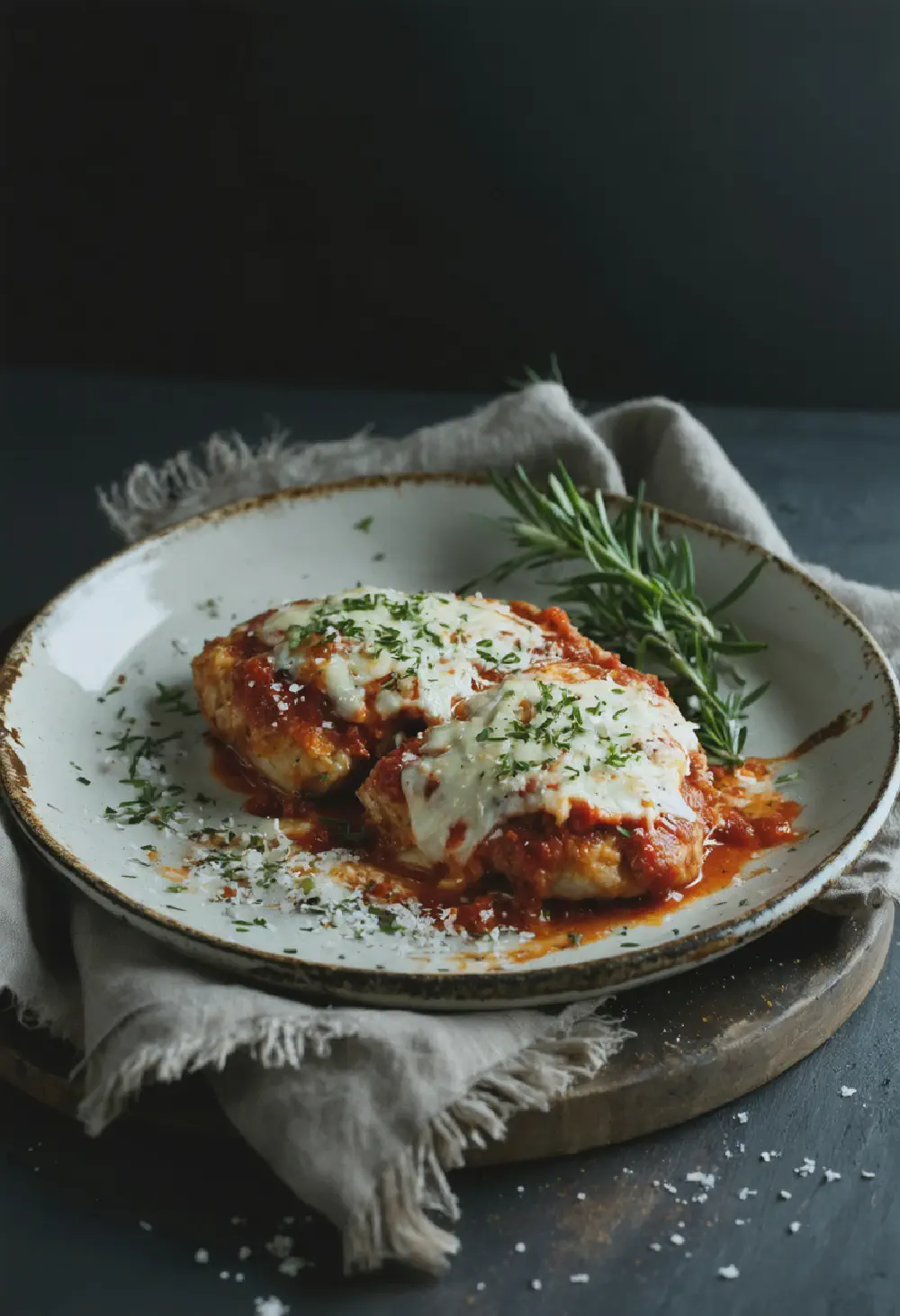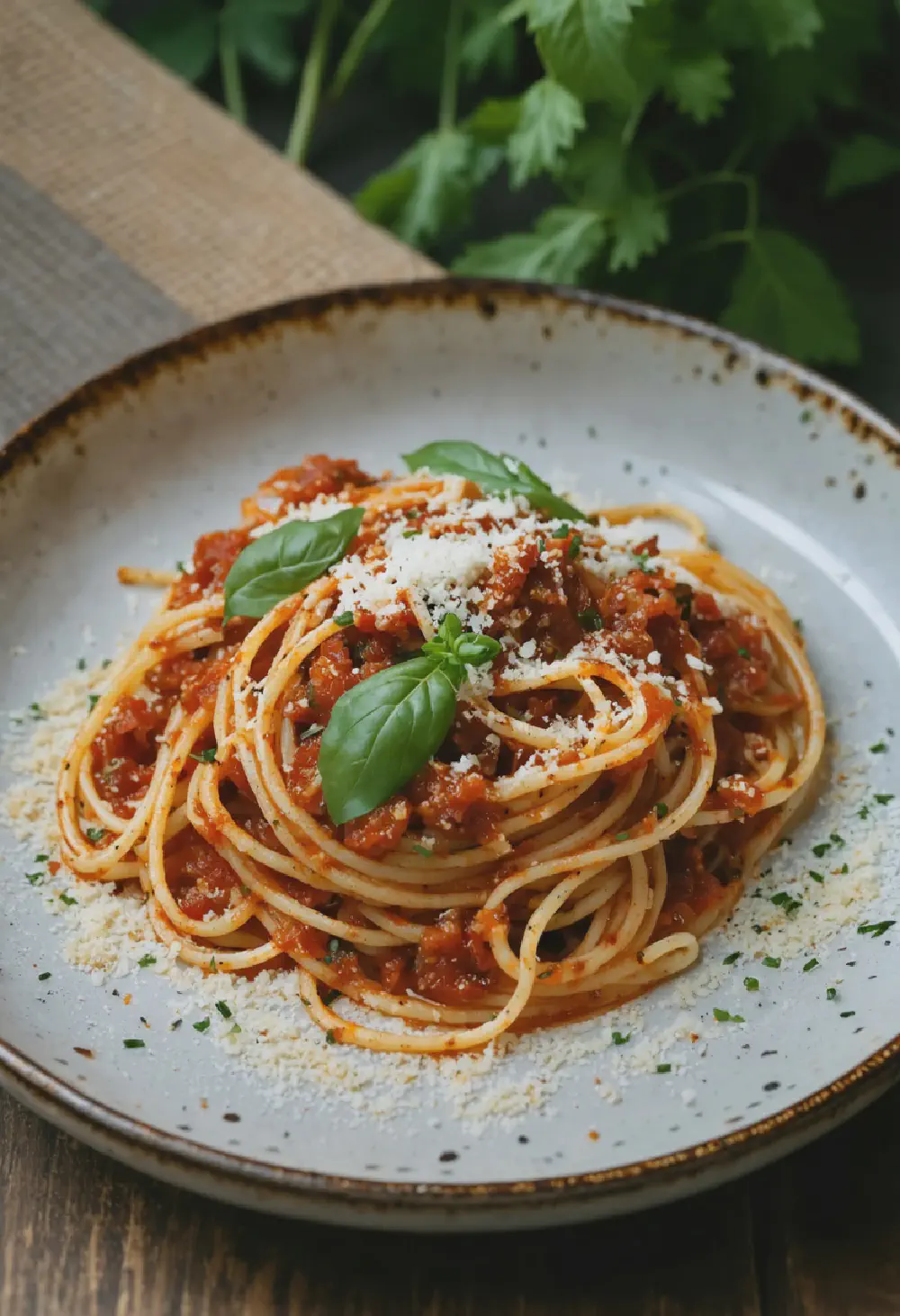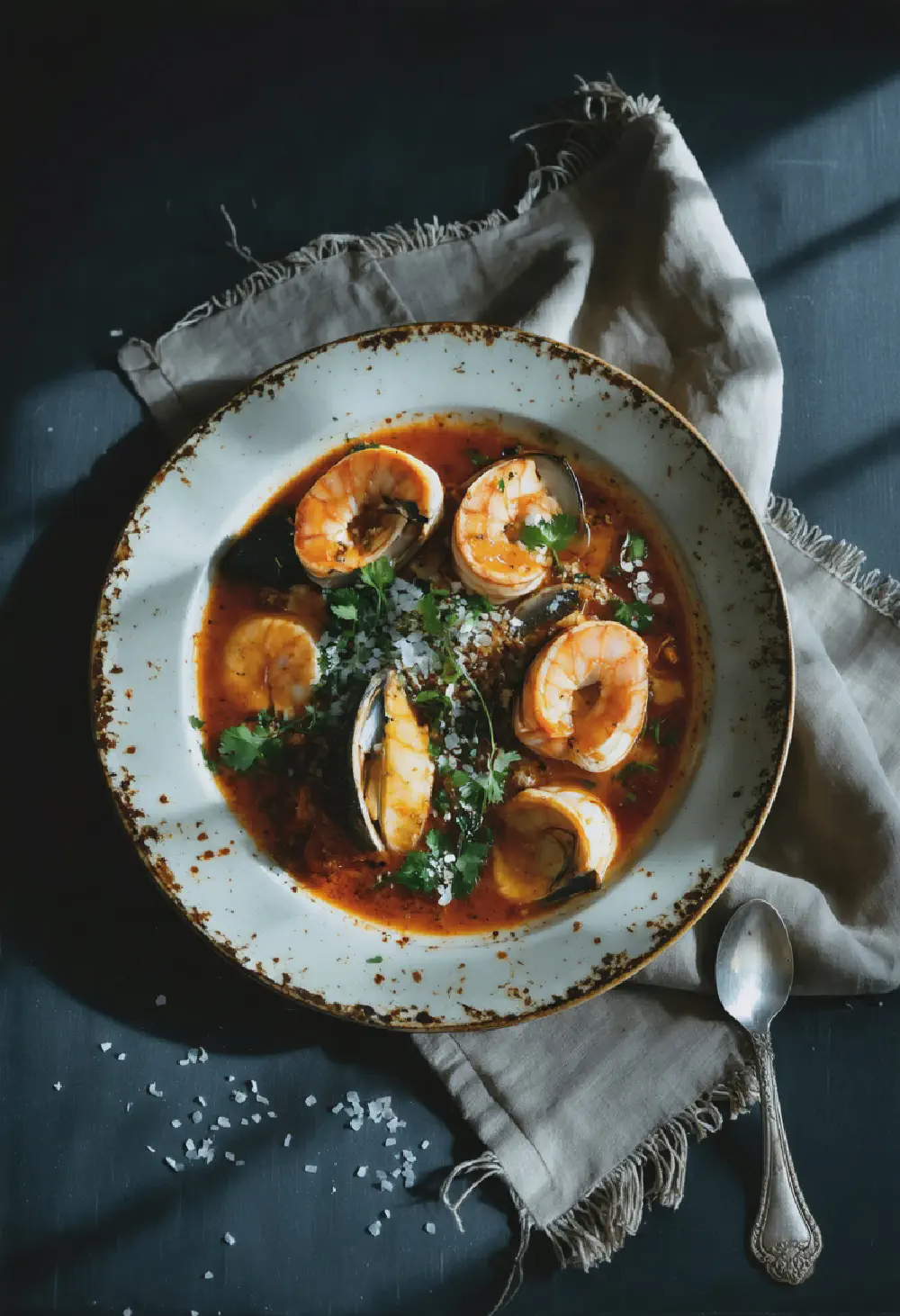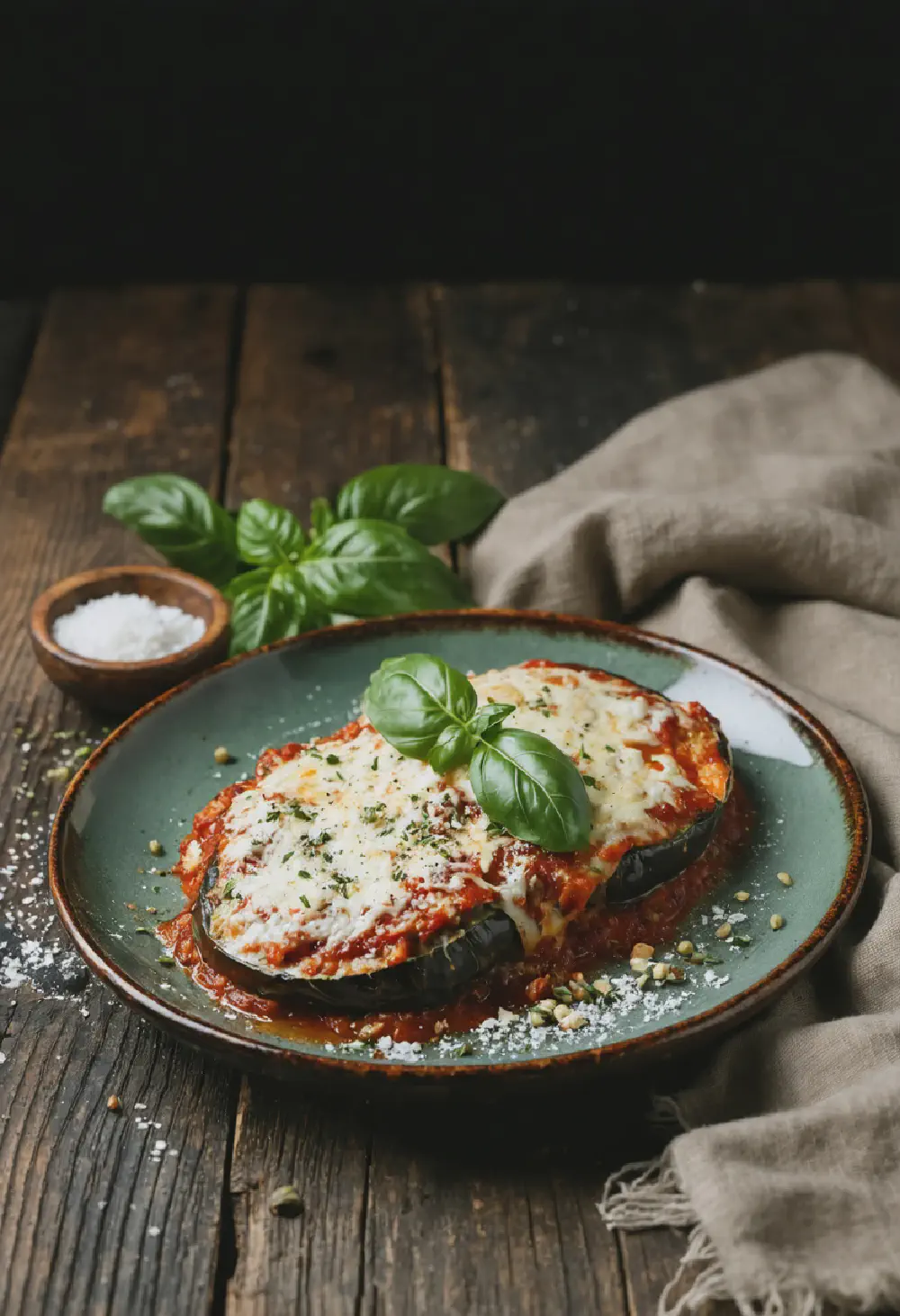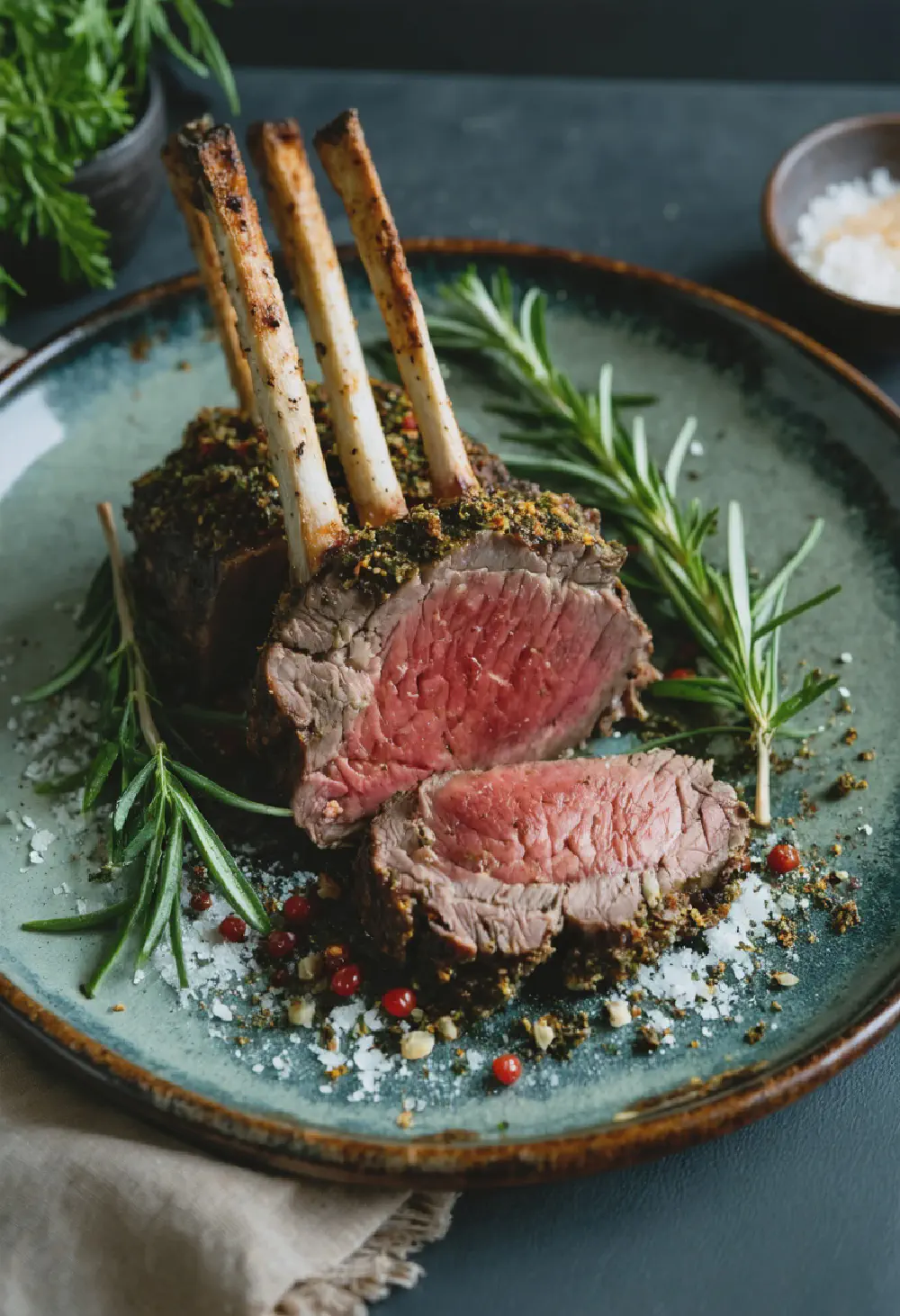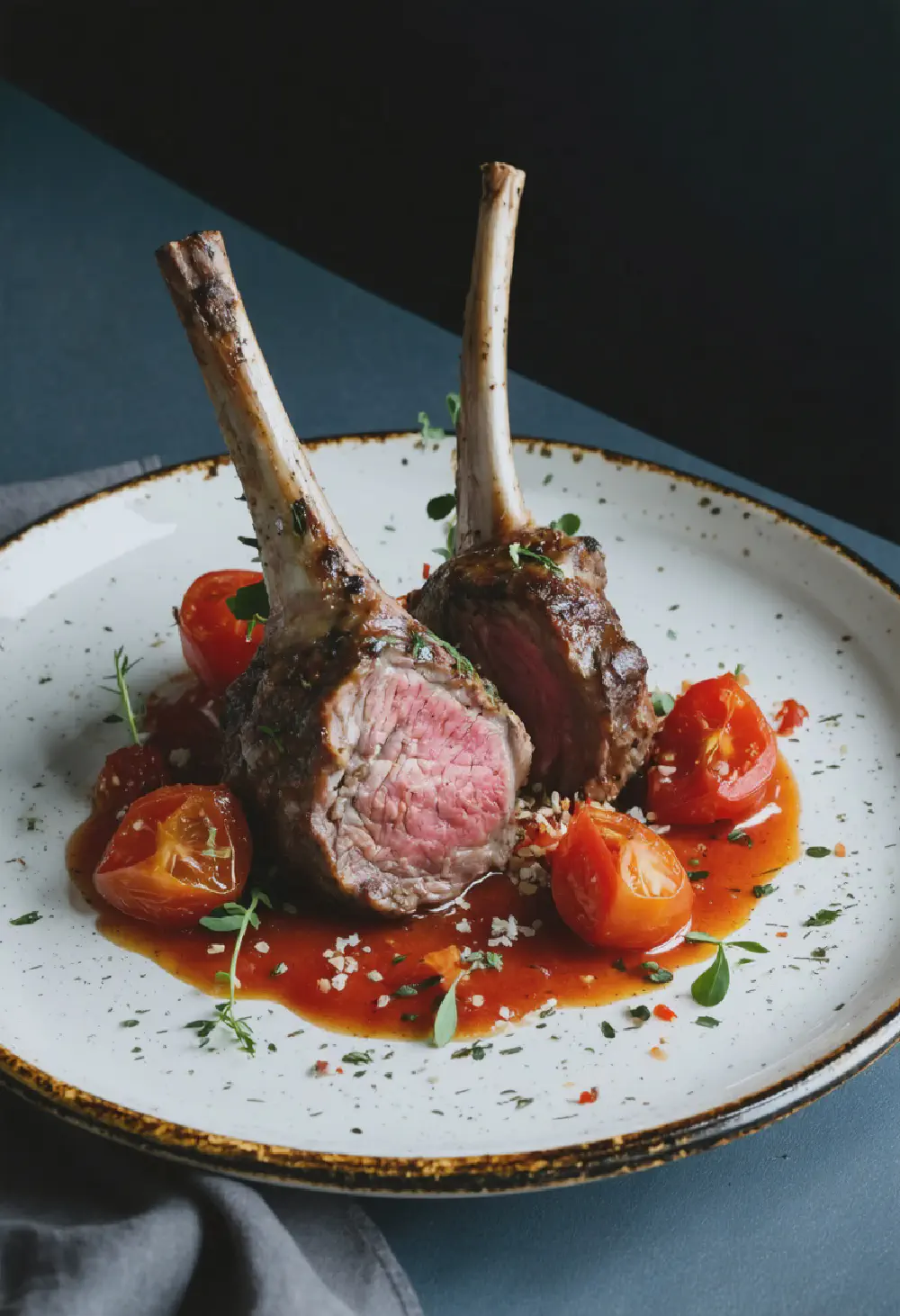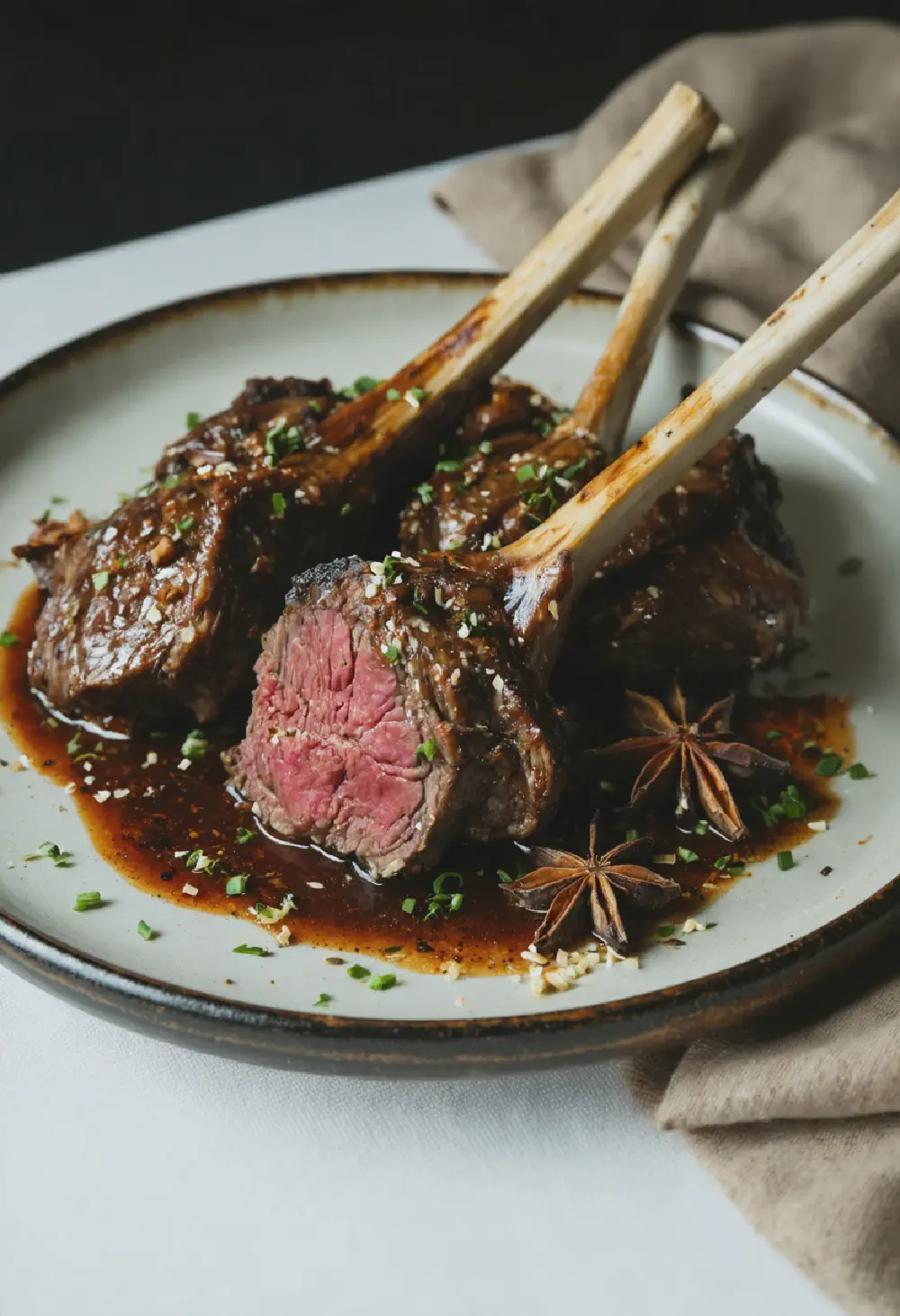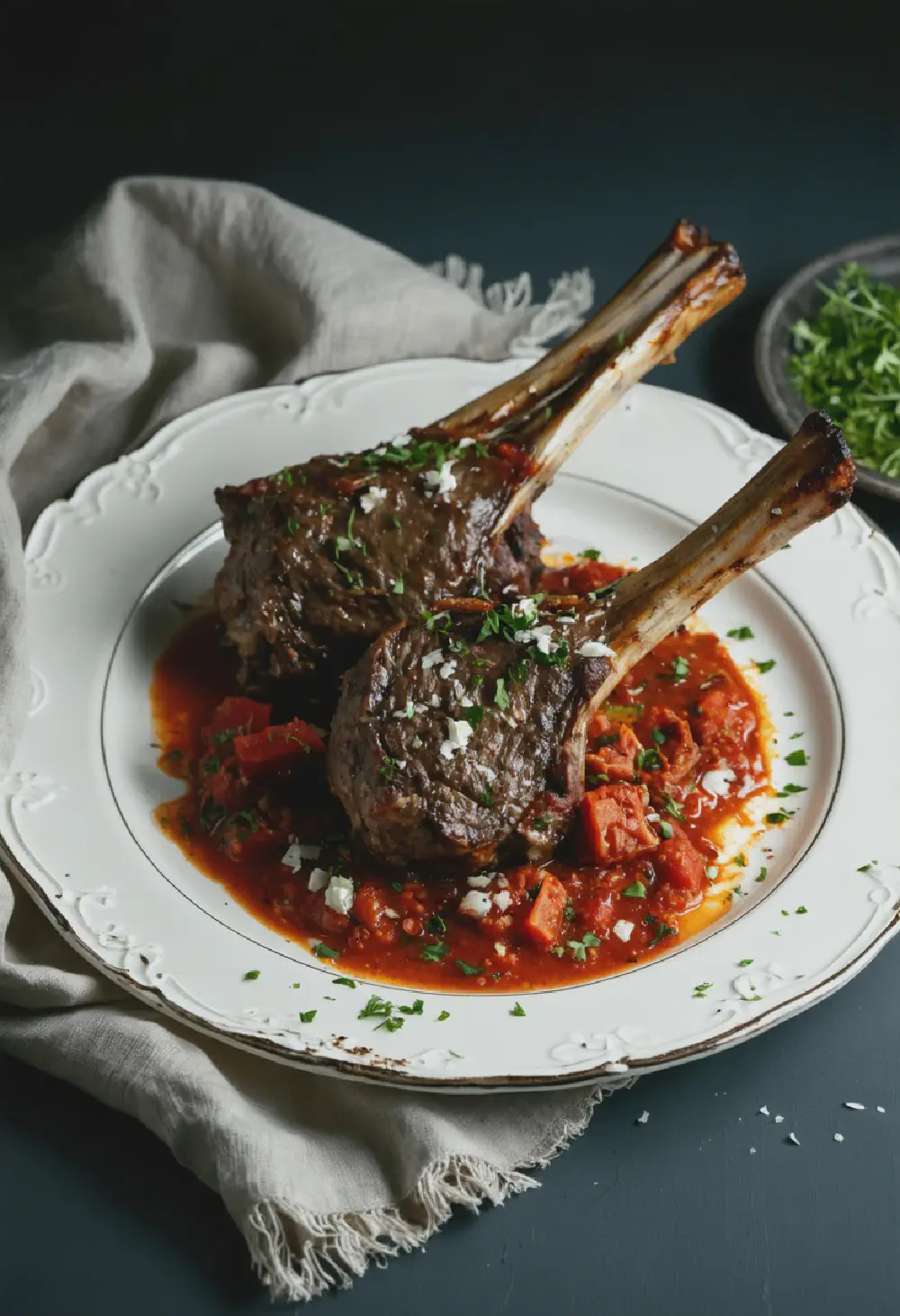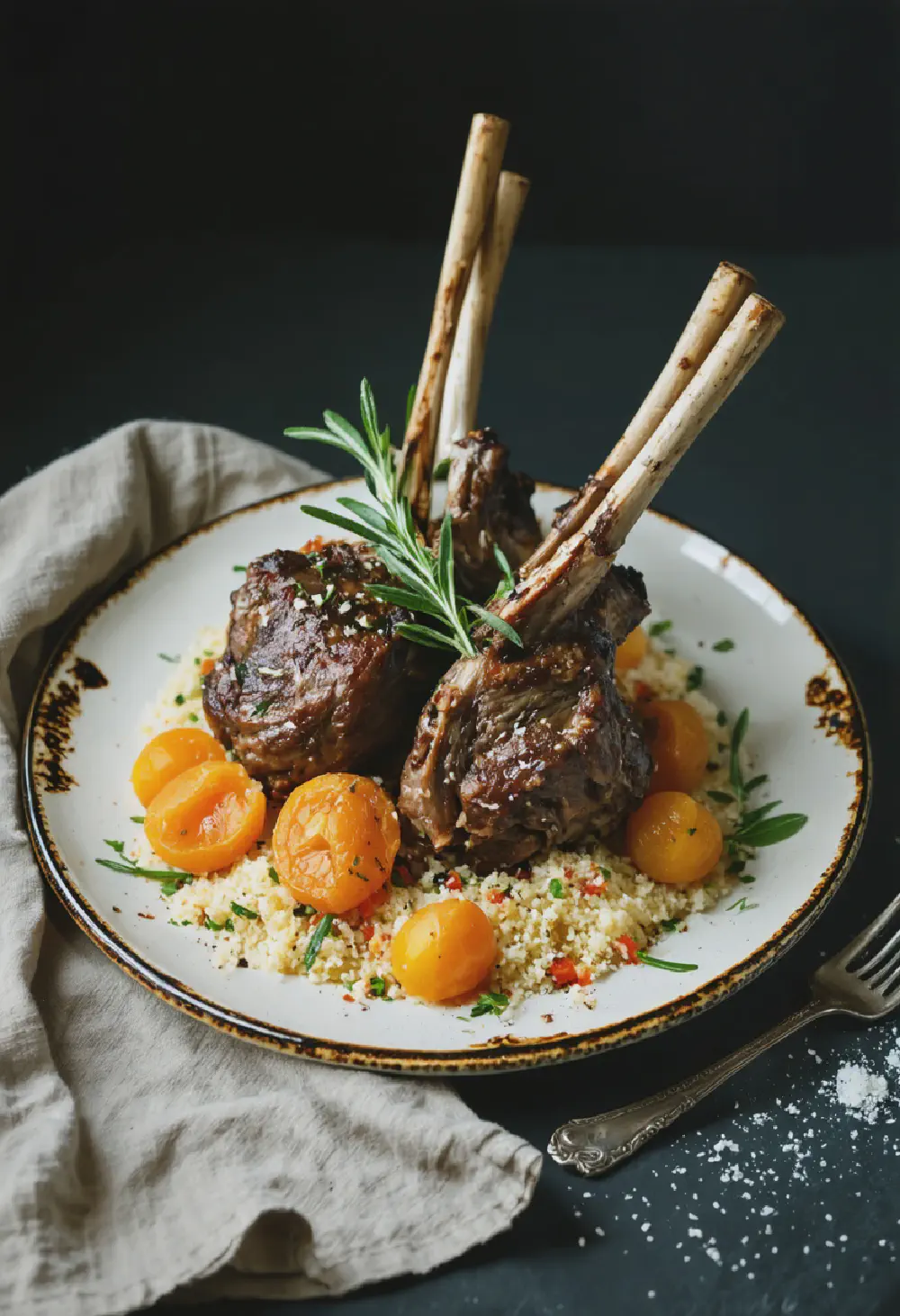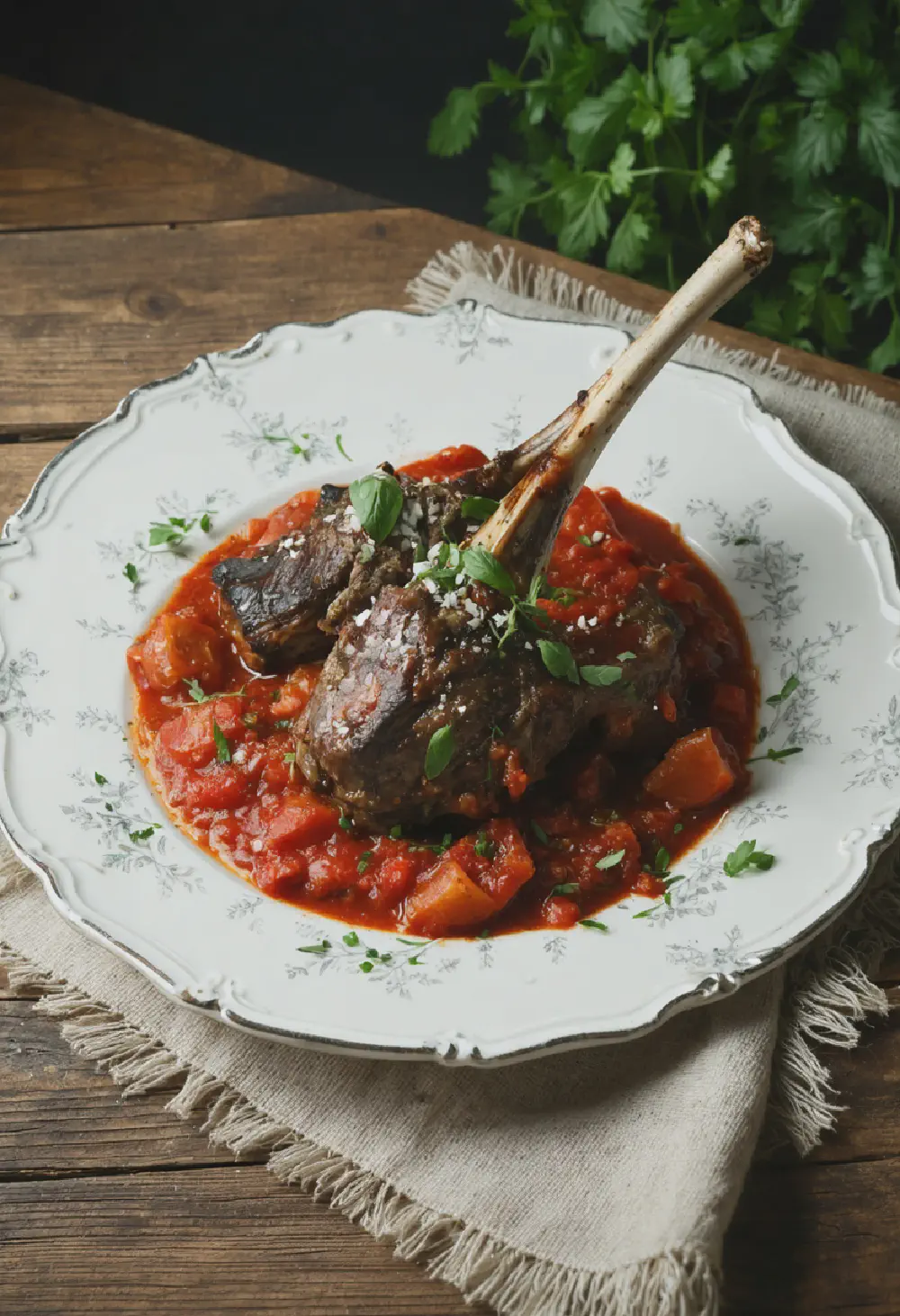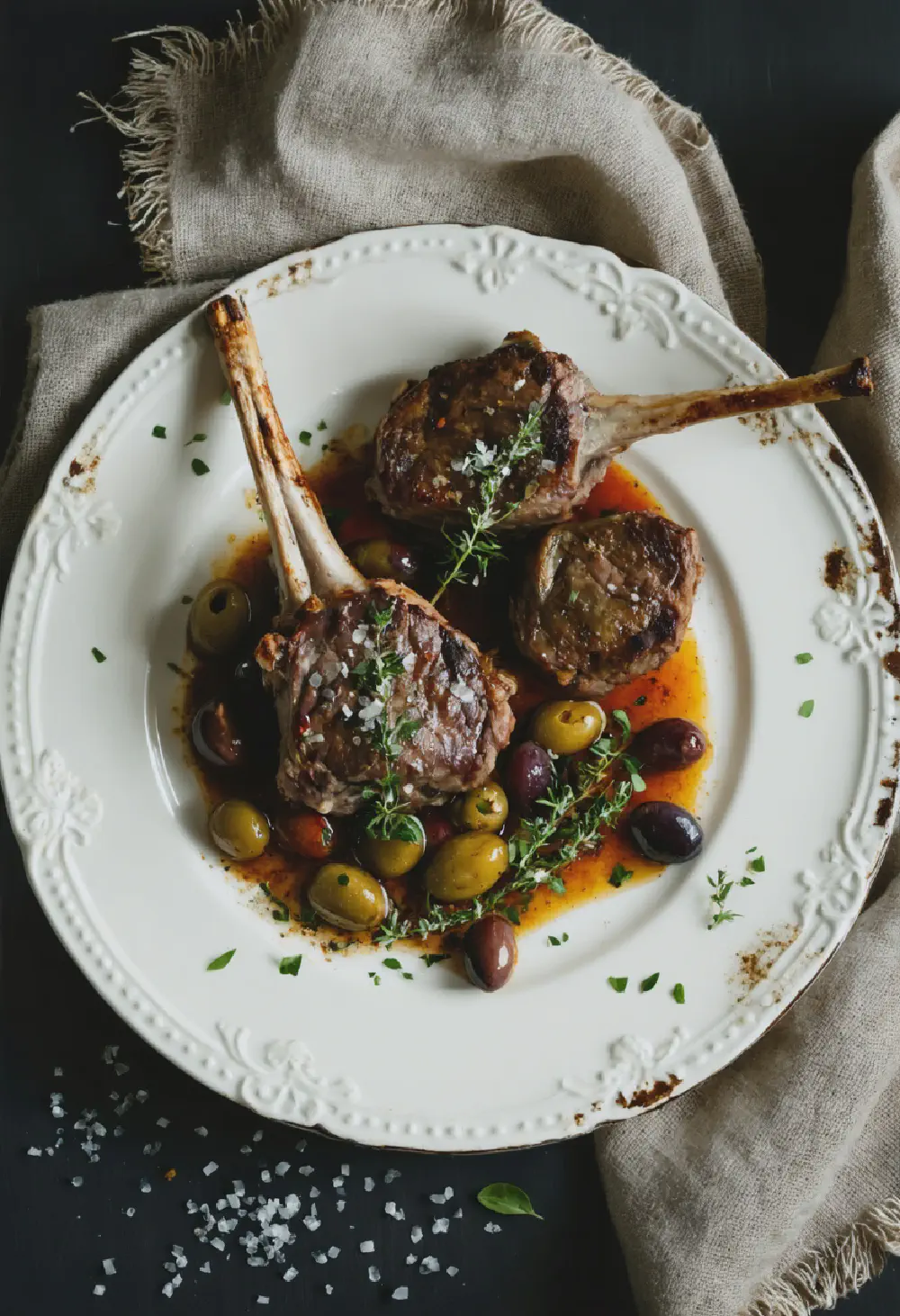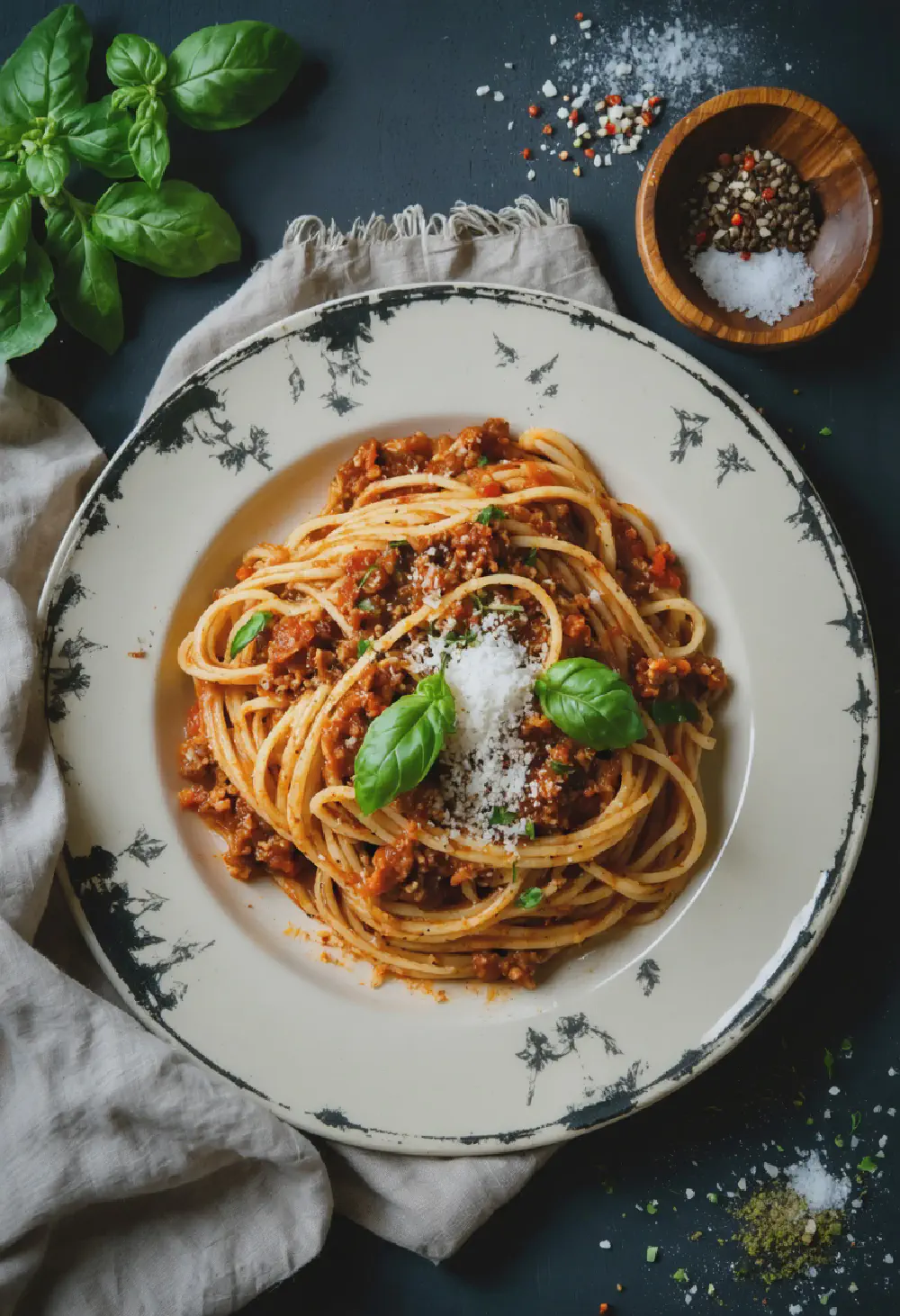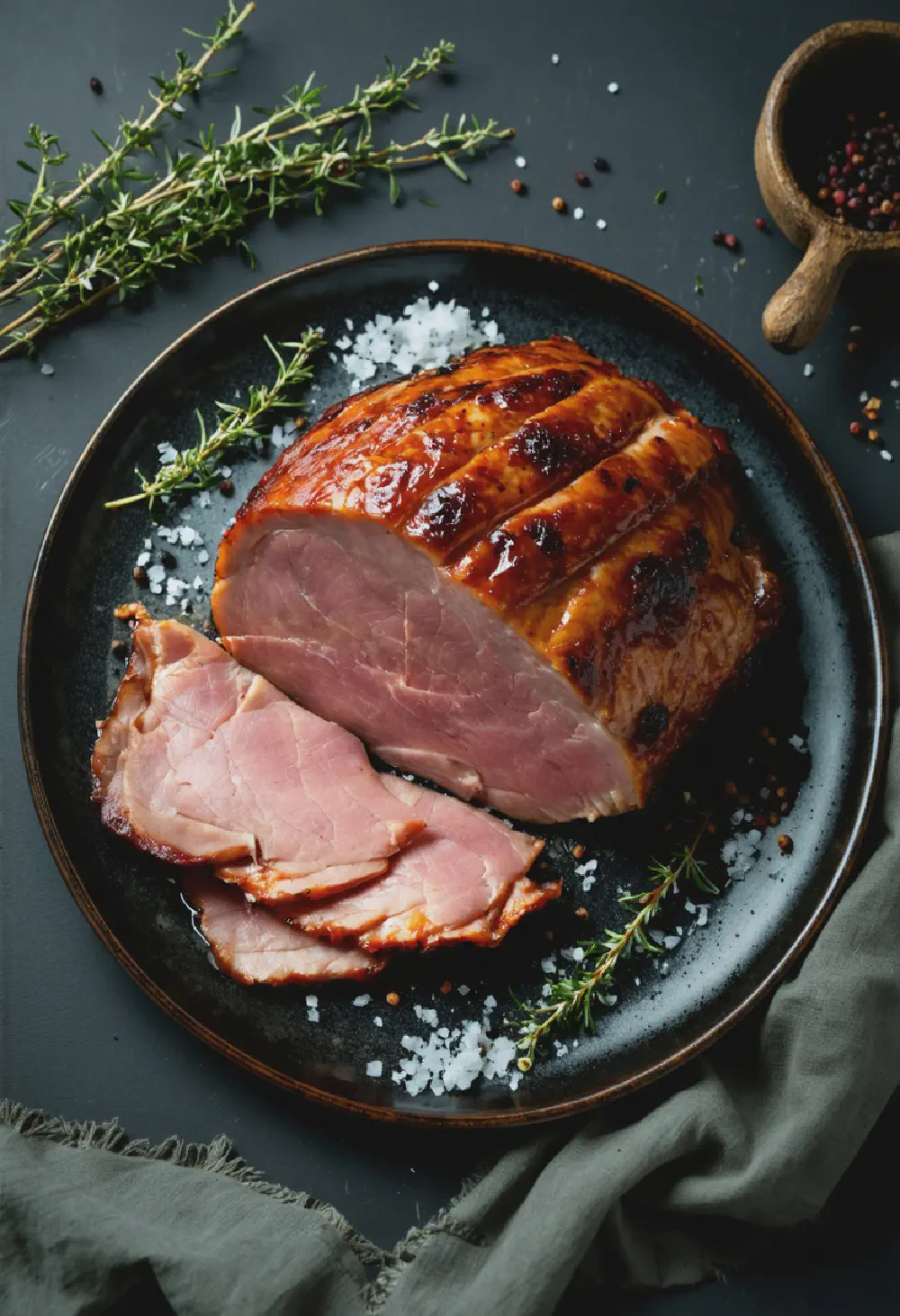Roast Leg of Lamb
20M
2H and 5M
- Makes 6
- 1 leg of lamb, about 2.5 kg (5.5 lbs)
- 4 cloves of garlic, sliced
- 2 sprigs of fresh rosemary
- 2 sprigs of fresh thyme
- Salt and freshly ground black pepper, to taste
- 2 tablespoons of olive oil
- 1 large onion, roughly chopped
- 2 carrots, roughly chopped
- 2 stalks of celery, roughly chopped
- 300 ml (1 1/4 cups) of lamb or beef stock
- Preheat your oven to 180°C (350°F).
- Using a sharp knife, make small incisions all over the leg of lamb. Insert slices of garlic and small sprigs of rosemary and thyme into the incisions.
- Season the lamb generously with salt and freshly ground black pepper. Rub the olive oil all over the lamb to coat it evenly.
- Place the chopped onion, carrots, and celery in the bottom of a roasting tin. Set the leg of lamb on top of the vegetables.
- Pour the stock into the roasting tin around the lamb.
- Roast the lamb in the preheated oven for about 1 hour and 45 minutes, or until the internal temperature reaches 60°C (140°F) for medium-rare. Baste the lamb with the pan juices every 30 minutes.
- Once cooked, remove the lamb from the oven and let it rest for 15 minutes before carving. This allows the juices to redistribute throughout the meat.
- Carve the lamb and serve it with the roasted vegetables and pan juices. Enjoy your traditional British roast leg of lamb!
Roast Leg of Lamb: A British Culinary Delight
History
The tradition of roasting a leg of lamb in British cuisine dates back centuries, deeply rooted in the country’s pastoral heritage. Historically, lamb was a staple in the British diet, especially in rural areas where sheep farming was prevalent. The roast leg of lamb became a symbol of celebration and abundance, often reserved for Sundays and special occasions. This dish has been mentioned in various historical texts and cookbooks, showcasing its enduring popularity and significance in British culinary history. The method of slow-roasting the lamb to perfection has been passed down through generations, making it a cherished part of British food culture.
Taste Profile
Roast leg of lamb offers a rich and robust flavor profile that is both comforting and indulgent. The meat is tender and juicy, with a subtle gaminess that is characteristic of lamb. When prepared with authentic British ingredients, such as rosemary, garlic, and a hint of mustard, the flavors are enhanced, creating a harmonious blend of savory and aromatic notes. The exterior of the lamb develops a delicious, caramelized crust, while the interior remains succulent and moist. This dish is often accompanied by traditional sides like roasted potatoes, Yorkshire pudding, and mint sauce, which complement the lamb’s rich taste and add to the overall dining experience.
Cultural Significance
In British cuisine, the roast leg of lamb holds a special place, particularly in the context of the traditional Sunday roast. This meal is more than just food; it’s a cultural ritual that brings families and friends together. The act of gathering around the table to enjoy a roast leg of lamb symbolizes warmth, community, and tradition. It is often associated with celebrations, holidays, and significant life events, making it a cornerstone of British culinary heritage. The dish’s prominence in British culture is also reflected in its frequent appearance in literature, media, and even royal banquets, underscoring its status as a beloved national dish.
